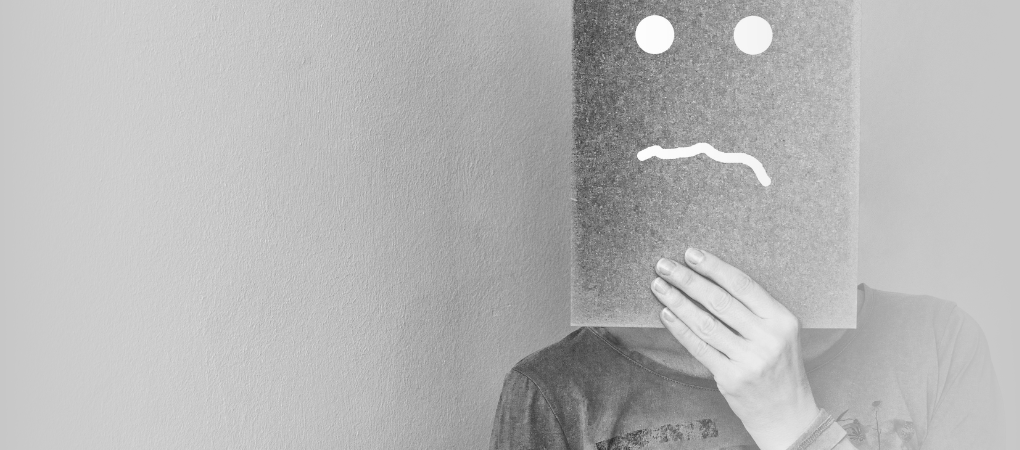Francesca Galiano
|
16/09/2022 - Last update 28/12/2022
Manu Goyal, Kanu Goyal, Manish Bathla, D. Kanimozhi, D. Narkeesh | Year 2017
Efficacy of Myofascial Unwinding and Myofascial Release Technique in a Patient with Somatic Symptoms, A Case Report
Pathology:
Symptoms of stress, anxiety and depression
Type of study:
Case report
Date of publication of the study’:
2017/Mar/01

Purpose of the study
- Objective: to evaluate the effect of myofascial release and unwinding techniques on the somatic symptoms of a patient with depression
- Measured outcomes: depression level on the Hamilton Depression Rating Scale (HDRS) and quality of life through the Quality of Life Enjoyment and Satisfaction Questionnaire-Short Form (Q-LES-Q-SF)
Participants
- Number: 1
- Description: 39-year-old woman, housemaker, with a diagnosis of dysthymia and moderate depression with somatic symptoms. She presented with a complaint of negative mood, loss of interest in daily activities, palpitations, fatigability, decreased appetite, insomnia (specifically, inability to fall asleep again when awakened during the night), body aches and listlessness for the past three years. Her medical and chirurgical history did not show anything in particular, and neither did the blood tests (within normal range).
The patient was treated pharmacologically (mirtazapine, clonazepam, proton pump inhibitors and non steroidal anti inflammatories) but without significant results. The osteopathic examination showed restricted motion at the level of lambdoidal and sagittal sutures, at the sacral base, and at the dural and diaphragmatic levels. Also the neck and trunk showed tenderness and restricted motion.
Interventions and evaluations
- Evaluation of the level of depression on HDRS and of quality of life through Q-LES-Q-SF at the first visit and 6 weeks after the intervention
- 3 weekly OMT sessions of 20 minutes for 4 weeks
- OMT: myofascial release technique directed at the different diaphragms, at the cervical fascia, at the occipitoatlantal region and at the sacrum; myofascial unwinding directed at the cranium
- Pharmacologic prescription of opipramol and etizolam
Results
6 weeks after the end of the OMT, the level of depression measured on HDRS decreased, as well as the quality of life measured through Q-LES-Q-SF improved. Consequently the pharmacologic therapy dosage was lowered.
Discussion
OMT, in combination with a pharmacologic therapy, showed to be able to produce positive effects in case of depression with connected somatic symptoms. The reason for the effect of OMT may lie in the fact that, through the stimulation of the fascial mechanisms, on the one hand it can induce a relaxation of the fascia, thus inducing less pain, on the other hand it can reduce a hyper-activation of the stress axis and autonomic nervous system, reducing the secretion of cortisol and promoting that of relaxing neurotransmitters.
The review of Osteopedia
By Marco Chiera
Strengths: interesting result on the possible usefulness of OMT on depression and its somatic symptoms; although concise, good description of the possible rationale of myofascial release and myofascial unwinding techniques.
Limits: “hasty” case report, as, besides reporting the simple scales, it was not described the state of the patient after the therapeutic course. Moreover, since this is only one case, it would have been interesting to report the scores to the individual questions of both the questionnaires used. This would have allowed us to understand if OMT did actually affect the somatic symptoms of depression (objective of the study). The limitations of the study are not taken under consideration, in particular the fact that the drugs, and not the OMT, might have produced the positive effect. Although the authors report an improvement in quality of life, if the reported scores are correct, the quality of life did actually worsen. On the one hand, if the HDRS really showed an improvement, maybe the authors have misreported the result of the Q-LES-Q-SF. On the other hand, the patient may have suffered adverse effects from the therapeutic course.

Are you an osteopath?
Register and enjoy the membership benefits. Create your public profile and publish your studies. It's free!
Register now
School or training institution?
Register and enjoy the membership benefits. Create your public profile and publish your studies. It's free!
Register now
Do you want to become an osteopath? Are you a student?
Register and enjoy the membership benefits. Create your public profile and publish your studies. It's free!
Register now







